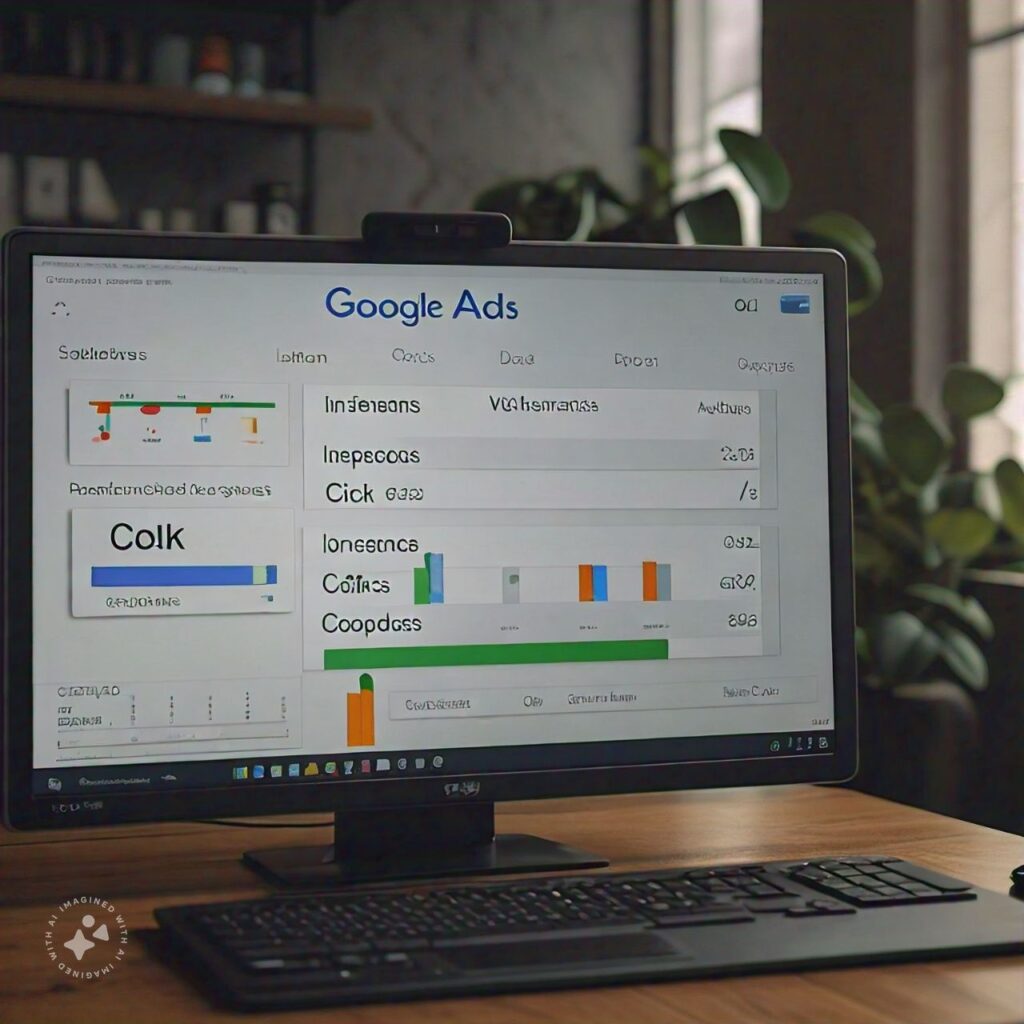Maximize Your Profits: Proven Strategies to Boost ROI with Google Ads
In a world where digital marketing reigns supreme, Google Ads stands out as one of the most powerful tools for businesses looking to maximize their profits. With billions of searches conducted daily, the platform offers unparalleled access to potential customers actively seeking your products or services. However, simply creating an ad campaign is not enough; to truly capitalize on this opportunity, you need to implement proven strategies that enhance your return on investment (ROI). Here are some effective ways to boost your profits with Google Ads. 1. Define Clear Goals Before diving into any advertising platform, it’s crucial to establish clear and measurable goals. Whether you’re aiming for increased website traffic, lead generation, or direct sales, having a well-defined objective will guide your campaign strategy. Use the SMART criteria (Specific, Measurable, Achievable, Relevant, Time-bound) to outline your goals. This focus will not only influence your keyword selection but also your ad creatives and landing pages. 2. Conduct Thorough Keyword Research Keywords are the foundation of any successful Google Ads campaign. Conducting comprehensive keyword research helps you identify the terms and phrases your target audience is using to search for your products or services. Utilize tools like Google Keyword Planner to uncover high-volume, low-competition keywords relevant to your business. Long-tail keywords often have lower costs per click (CPC) and can lead to higher conversion rates since they target more specific user intent. 3. Optimize Your Ad Copy Your ad copy should be compelling and relevant to the keywords you’ve chosen. A/B testing different versions of your ads can provide valuable insights into what resonates best with your audience. Incorporate strong calls to action (CTAs) that encourage users to click on your ads. Use ad extensions (like site links, callouts, and structured snippets) to provide more information and increase your ads’ visibility, making them more appealing than your competitors’. 4. Utilize Targeting Options Effectively Google Ads offers extensive targeting options that go beyond keywords. Use demographic targeting to reach specific age groups, genders, and household incomes. Location targeting allows you to focus on particular regions or cities, and audience targeting lets you engage with people based on their interests, behaviors, and previous interactions with your brand. Combining multiple targeting options can help you create a highly relevant audience, leading to higher click-through and conversion rates. 5. Set a Realistic Budget A well-planned budget is essential for maximizing ROI with Google Ads. Begin by setting a daily or monthly budget that aligns with your overall marketing strategy. Monitor your spending closely and make adjustments based on performance. Remember, it’s not about spending the most but rather spending wisely to achieve your goals. Consider allocating a larger budget to high-performing campaigns while pausing or optimizing underperforming ads. 6. Optimize Landing Pages Your ad is only as good as the landing page it leads to. Ensure that your landing pages are optimized for conversions, featuring clear headlines, concise copy, and a strong CTA. Page load speed is also crucial—slow-loading pages can lead to high bounce rates, negatively impacting your ROI. Additionally, ensure that your landing pages are mobile-friendly, as an increasing number of users are searching via smartphones and tablets. 7. Monitor and Analyze Performance Continuous monitoring is vital for any Google Ads campaign. Utilize Google Ads’ built-in analytics tools as well as Google Analytics to track key performance indicators (KPIs) such as click-through rates (CTR), conversion rates, and cost per conversion. Regularly analyze this data to understand what’s working and what isn’t. Implementing changes based on performance insights can significantly enhance your ROI over time. 8. Retargeting to Capture Lost Leads Not every user who clicks on your ad will convert on the first visit. That’s why retargeting is a crucial strategy to keep your brand in front of potential customers who didn’t complete a desired action. Use Google Ads’ remarketing features to show personalized ads to users who have previously visited your website. This approach can effectively remind them of their interest and encourage them to return and complete their purchase. 9. Leverage Automation and Smart Bidding Google Ads offers various automated features, including Smart Bidding strategies that optimize your bids in real-time based on a range of factors. These can help ensure that you remain competitive while aiming for your specified conversion goals. Utilizing machine learning can save you time and improve performance by adjusting bids based on user behavior, device, location, and time of day. Conclusion Maximizing profits through Google Ads requires a strategic and data-driven approach. By defining clear goals, conducting thorough keyword research, and optimizing every aspect of your campaign—from ad copy to landing pages—you can significantly enhance your ROI. Remember, digital advertising is not a one-time effort; it demands ongoing testing, monitoring, and optimization. By implementing these proven strategies, you position your business for sustained growth and profitability in the competitive online marketplace. Start today, and watch your profits soar!





